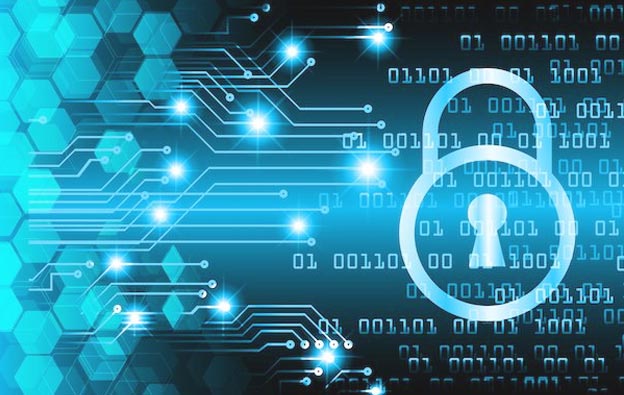Anti-Ransomware
Anti-Ransomware
Ransomware is a type of malicious software cyber criminals use, to block you from accessing your own data. The digital extortionists encrypt the files on your system and add extensions to the attacked data and hold it “hostage” until the demanded ransom is paid. After the initial infection, the ransomware may attempt to spread throughout your network to shared drives, servers, attached computers, and other accessible systems. If the ransom demands are not met within the cyber crooks’ timeframe, the system or encrypted data remains unavailable, or your data may be deleted by the software, and the decryption key obliterated. So to answer the question, “What is Ransomware?” Ransomware is a potential nightmare for unprepared IT administrators.
We make sure that your organization, reputation and bottom line stay secure when all your other security solutions fail. Stop ransomware before it stops you!


How to defend against Ransomware?
On the data protection side of things, keep these 5 components in mind:
1. Protect
Use backup! Follow the 3-2-1- rule. Three copies of your data, 2 different types of media and 1 version stored off-site. If you do get hit by ransomware you’ll have an easy escape. You can even consider keeping a backup offline (on tape or rotational media), but recovery times are longer from offline backups, and offline backups are more difficult to test.
2. Secure
Ransomware predominantly targets Windows OS. As backup systems can require many role-based instances for centralized management, data movement, reporting, search and analytics, securing all those machines can be complex. Consider locking them down to do only what they are required, and nothing more. Newer solutions based on integrated backup appliances typically remove that complexity and come hardened out of the factory. So security can be far simpler in those newer architectures.
3. Test
Test the viability of your backup and disaster recovery strategy regularly. A lot of factors can impact recovery, including backups of machines that already contain ransomware. Test automation is becoming a trend in the data management and data protection industry. It is important those features are used more, as security threats become more impactful to IT.
4. Detect
Early ransomware detection means faster recovery. More backup vendors are starting to use predictive analytics and machine learning to recognize possible attacks and alert administrators of abnormal fluctuations of data as backups are ingested.
5. Instant Recovery
If you’ve effectively backed up your data and tested its recoverability you will be ready to roll back your network to a safe restore point and avoid downtime, data failure and revenue loss.
Comments are closed.

